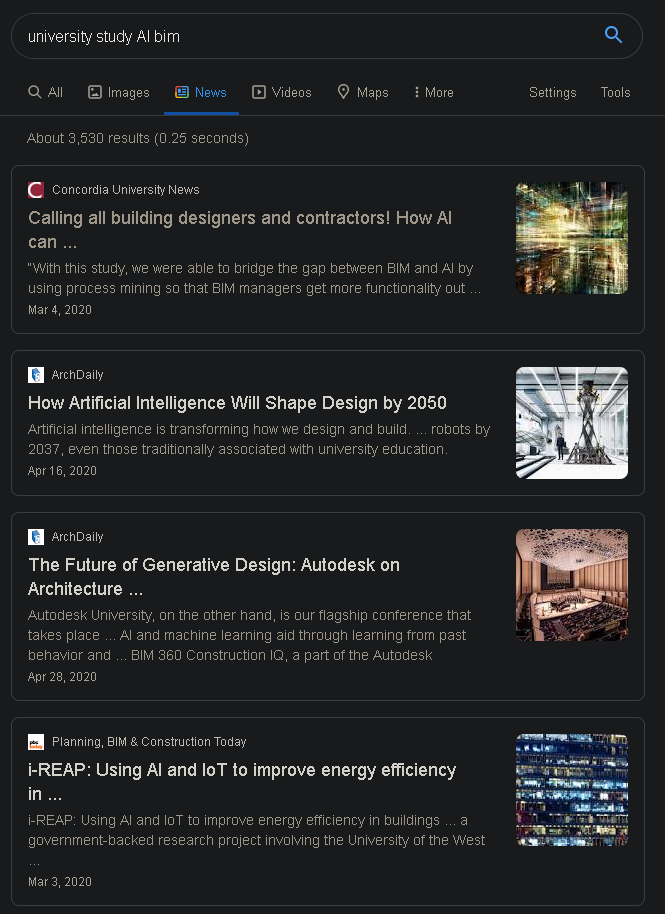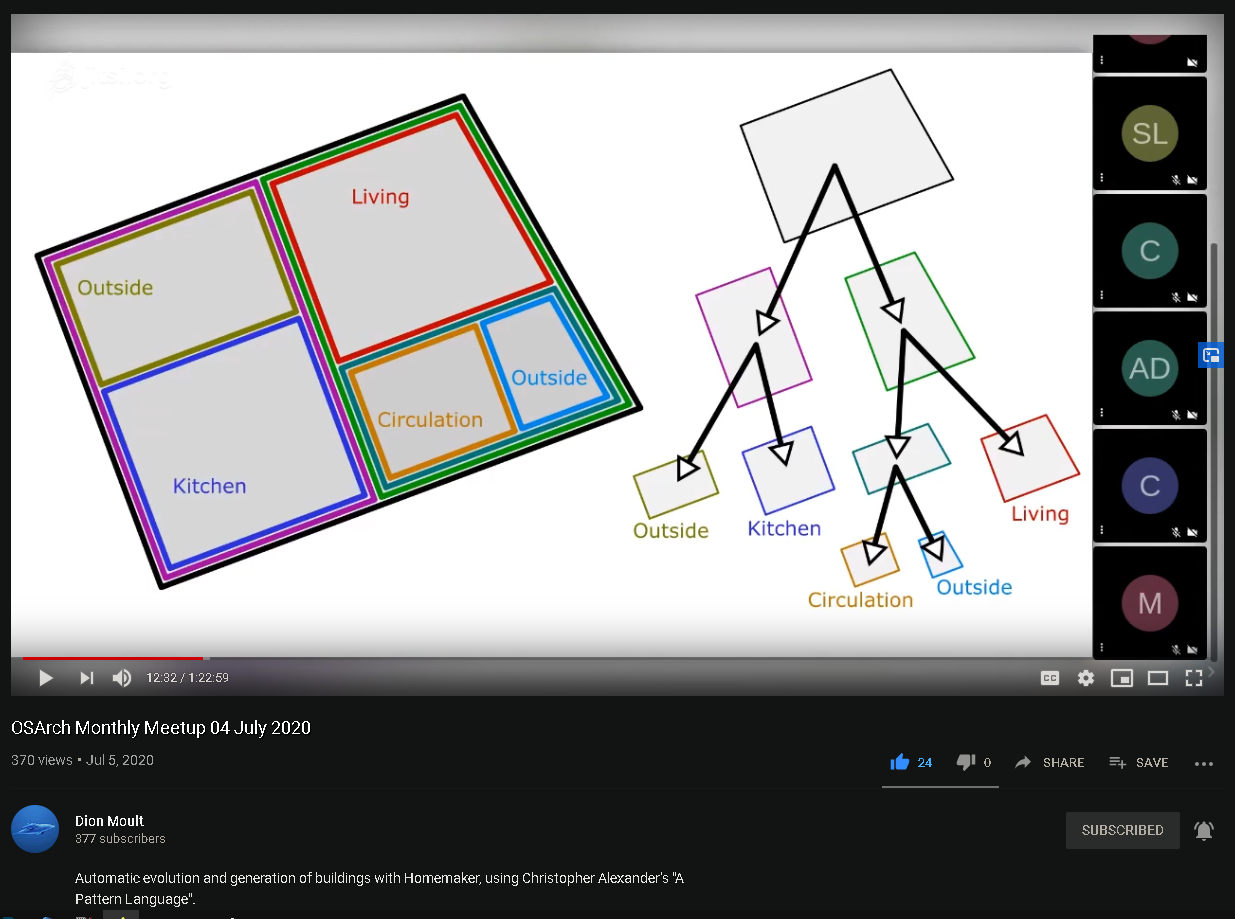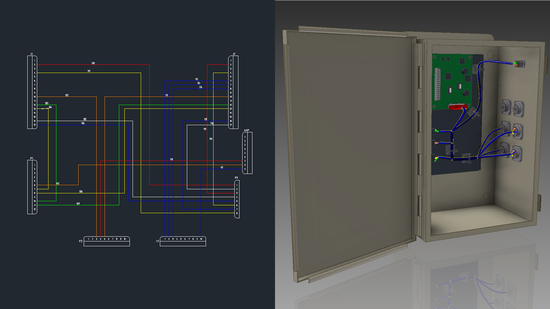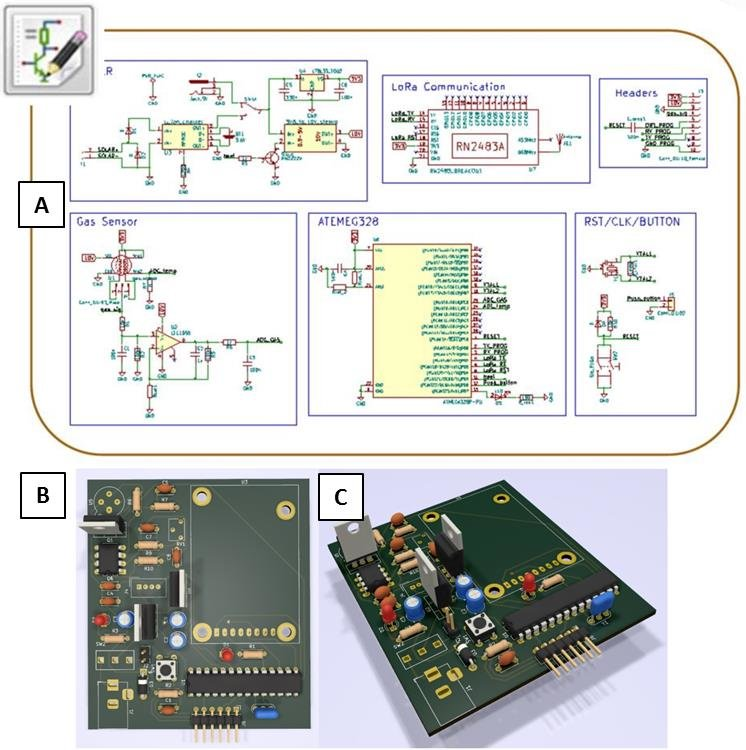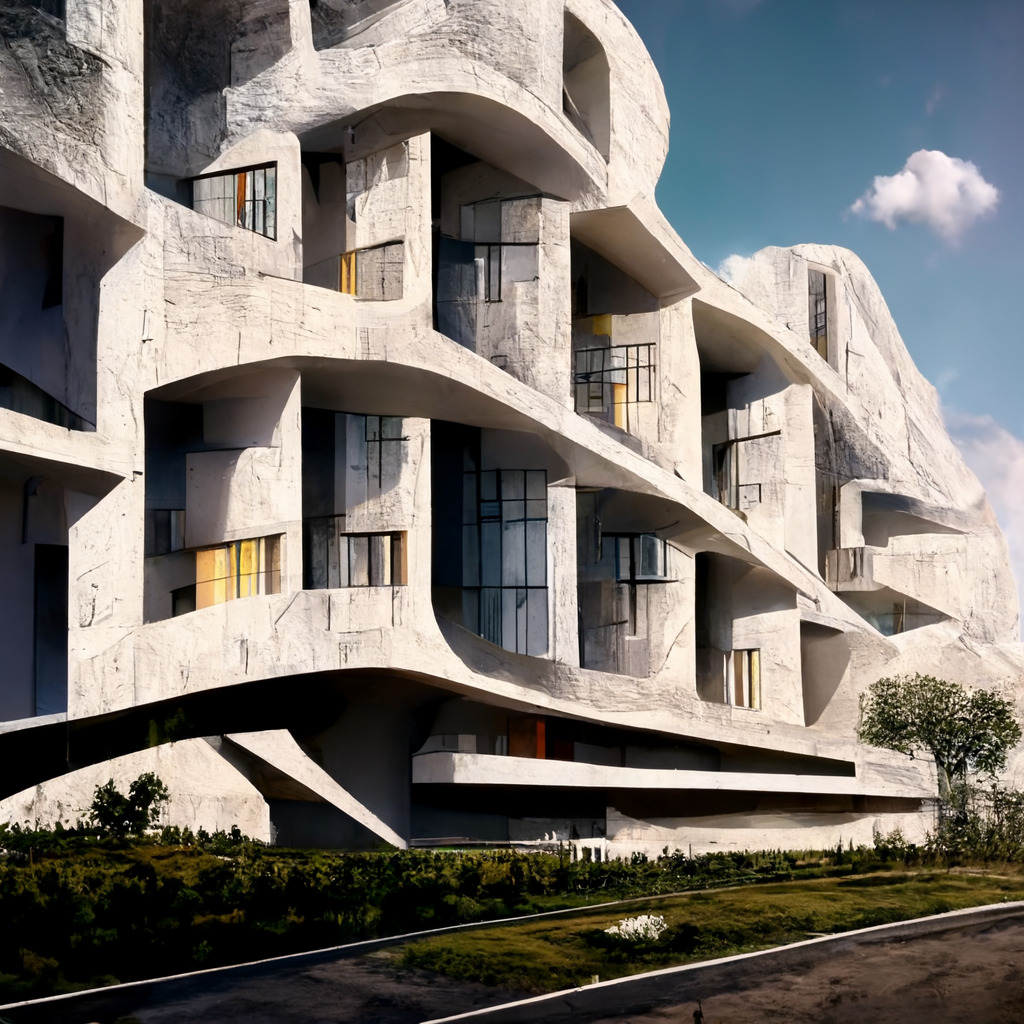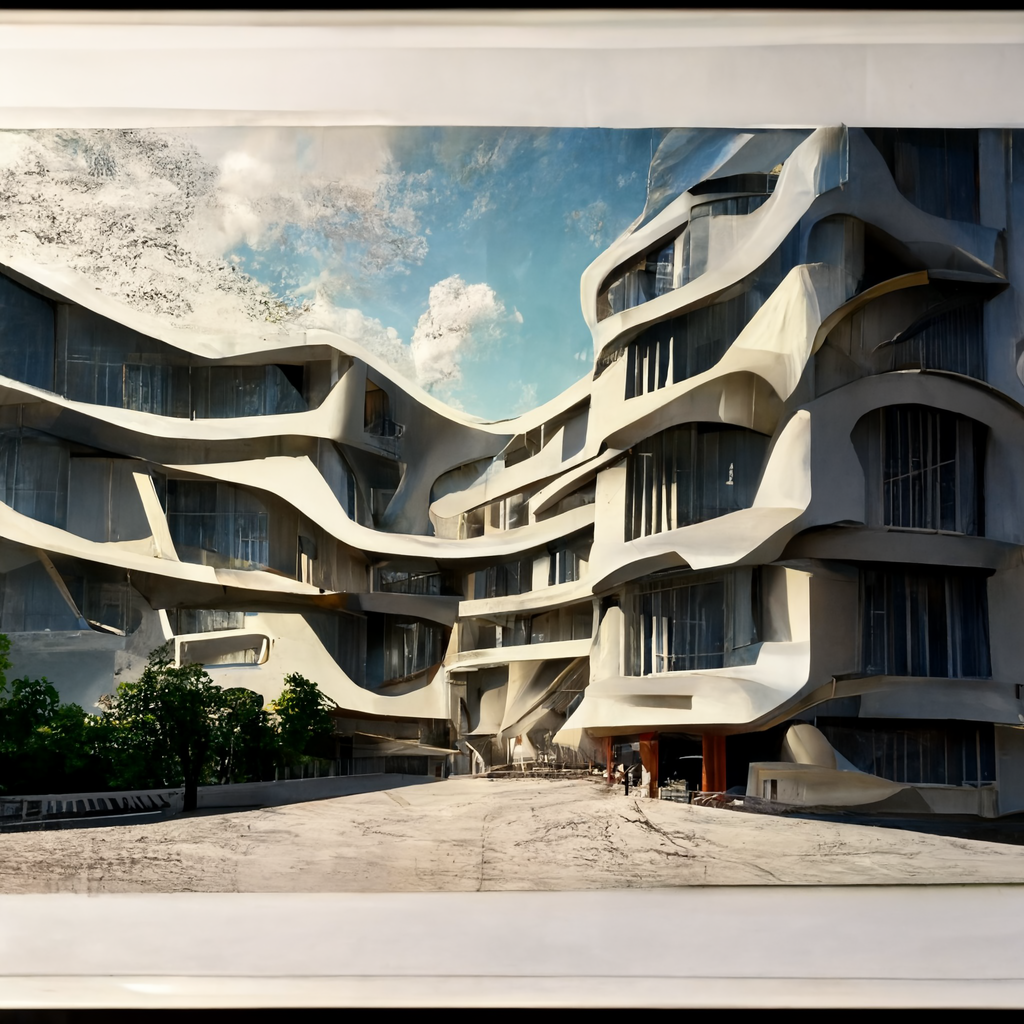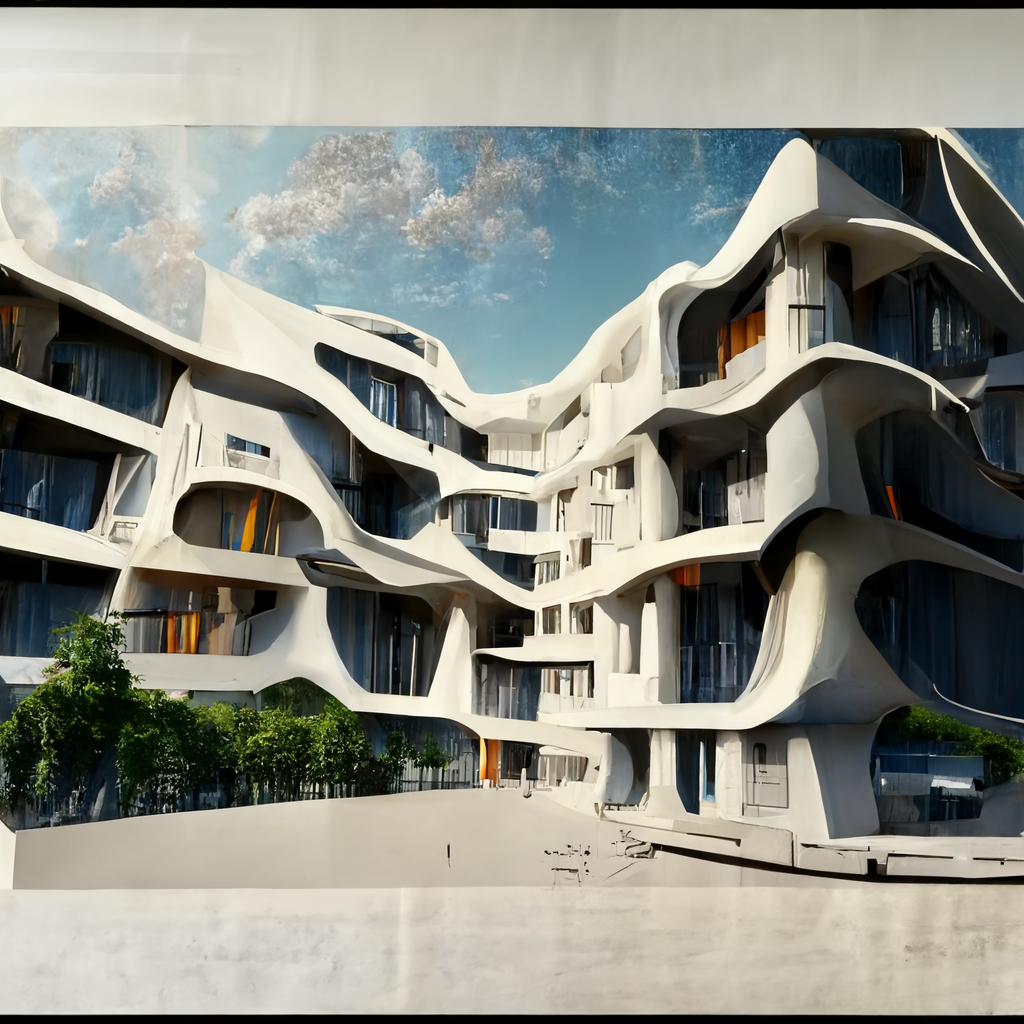Bumping this thread on the strength of what I've been seeing happening with AI text to image solutions like Disco Diffusion, Midjourney and DALL.E in recent weeks. Like all things new fangled, there are issues, but generally speaking, the output is mind blowing, communities are building around these tools and 'AI whispering' is becoming a thing, a skill set even, for both professional concept artists and digital art hobbyists. Some even find it therapeutic. Some are getting bored, others are just getting started, there are philosophical debates going on, millions of surreal images flooding the internet, graphic novels being made on the fly, people losing sleep, text prompts being shared and remixed ad nauseam. A lot of stuff can improve, and some are already improving, like new improved trained models being released at greater speed (I think for example that a UI system needs to be created for dialling weights and testing variations without losing previous iterations, Artbreeder does this to a reasonable extent), but really, the horses have bolted out of the stable and are off at a fast trot.
And then, there is architecture.
I've seen a few architects have a go at things, and what works for concept art works fairly well for architecture as well, in terms of iterating through visual concepts quite quickly with the help of AI and narrowing down / optimising for a preferred look and feel which can be futher developed with other tools. The output in not half bad to be honest.
Now, an open source alternative to DD, MJ and Dall.E, called Stable Diffusion just gave out beta access (now closed), so there is a FOSS option. I shudder to think of what sorcery could come out of jamming Stable Diffusion into a cauldron already filled with great smelling stuff like Topologic, Homemaker, BlenderBIM, Archipack, et al and see what cooks from the mix. I see potential for these trained AI models being optimized for architecture and being able to take spatial blobs from Topologic for example and automate what Homemaker does in skinning it with a stylized envelope of choice, with dials for adjusting weights in one direction or the other. However, what happens when AI gets it's dirty fingers on the accompanying BIM metadata? Would I for example be able to peg my project budget within a certain threshold and have the AI run cost optimization on the fly and then spit out variations that fit the current cost band, while still respecting other weights I may have set?
It is my utmost wish that no one suffers sleepless nights on account of all this, but if they do, I'm all here to see what they come up with, and learn what prompts / hacks they deployed, ditto all words of caution and hesitation that are bound to come! ;0)
